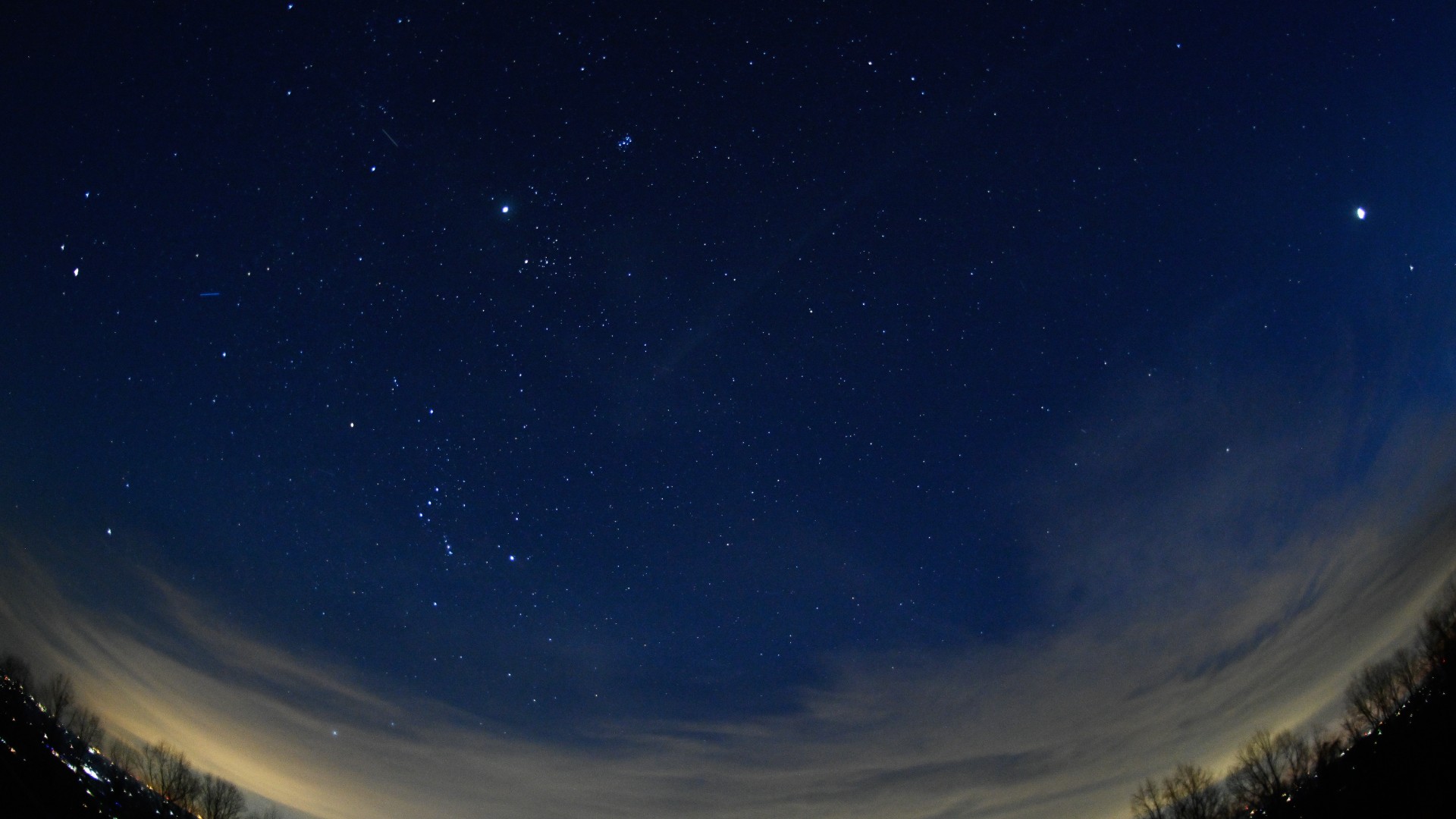
Without question, the month of April belongs to Venus.
This dazzling planet, which dominated the evening sky from last fall on through the winter, has now taken up residence in the morning sky. Although through much of April it does not rise until after the start of morning twilight, during the last week of the month it finally rises in a dark sky, at the same time it is attaining its maximum brilliance for this morning apparition.
Also, during that final week of April, use it to locate Saturn, which will spend much of this month struggling to free itself from the bright dawn twilight. Venus and Saturn will be in conjunction on April 28, but Saturn will glow only a fraction as bright as its radiant morning companion. Also in the morning sky is little Mercury, but traditionally for Northern Hemisphere observers, morning apparitions of this planet are very difficult to see in the spring because of its propensity to remain very low and close to the eastern horizon, while mired in bright twilight.
Related: Night sky, April 2025: What you can see tonight [maps]
Read more: Best telescopes for seeing planets in 2025
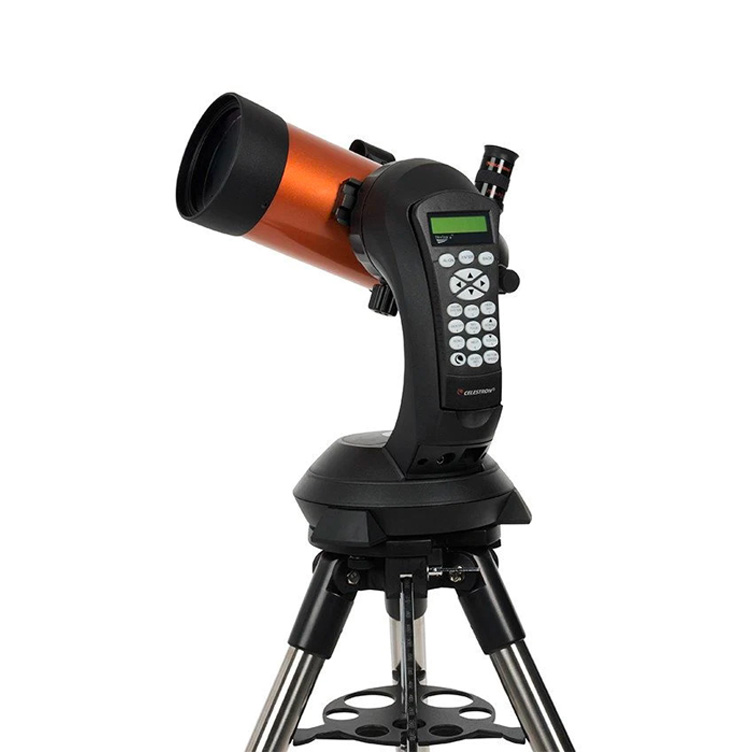
Want to see planets up close in the night sky? The Celestron NexStar 4SE is ideal for beginners wanting quality, reliable and quick views of celestial objects. For a more in-depth look at our Celestron NexStar 4SE review.
The evening planets are much easier to see: Always bright and reliable Jupiter remains prominent for the first half of night in the western sky. Meanwhile, Mars continues to cavort with the twin stars of Gemini, Pollux and Castor through early April before finally pulling away to their east. Mars also continues to gradually fade as it recedes from the Earth. During April its distance from Earth increases by 25.4 million miles (40.9 million km), equal to 845,900 miles (1.36 million km) per day.
In our schedule, remember that when measuring the angular separation between two celestial objects, your clenched fist held at arm's length measures roughly 10 degrees. Here, we present a schedule below which provides some of the best planet viewing times as well directing you as to where to look to see them.
Be sure to check out our best telescopes for viewing planets guide and our more general guides for the best binoculars and the best telescopes. If you're interested in taking your own impressive skywatching images, we have recommendations for the best cameras for astrophotography and the best lenses for astrophotography.
Mercury
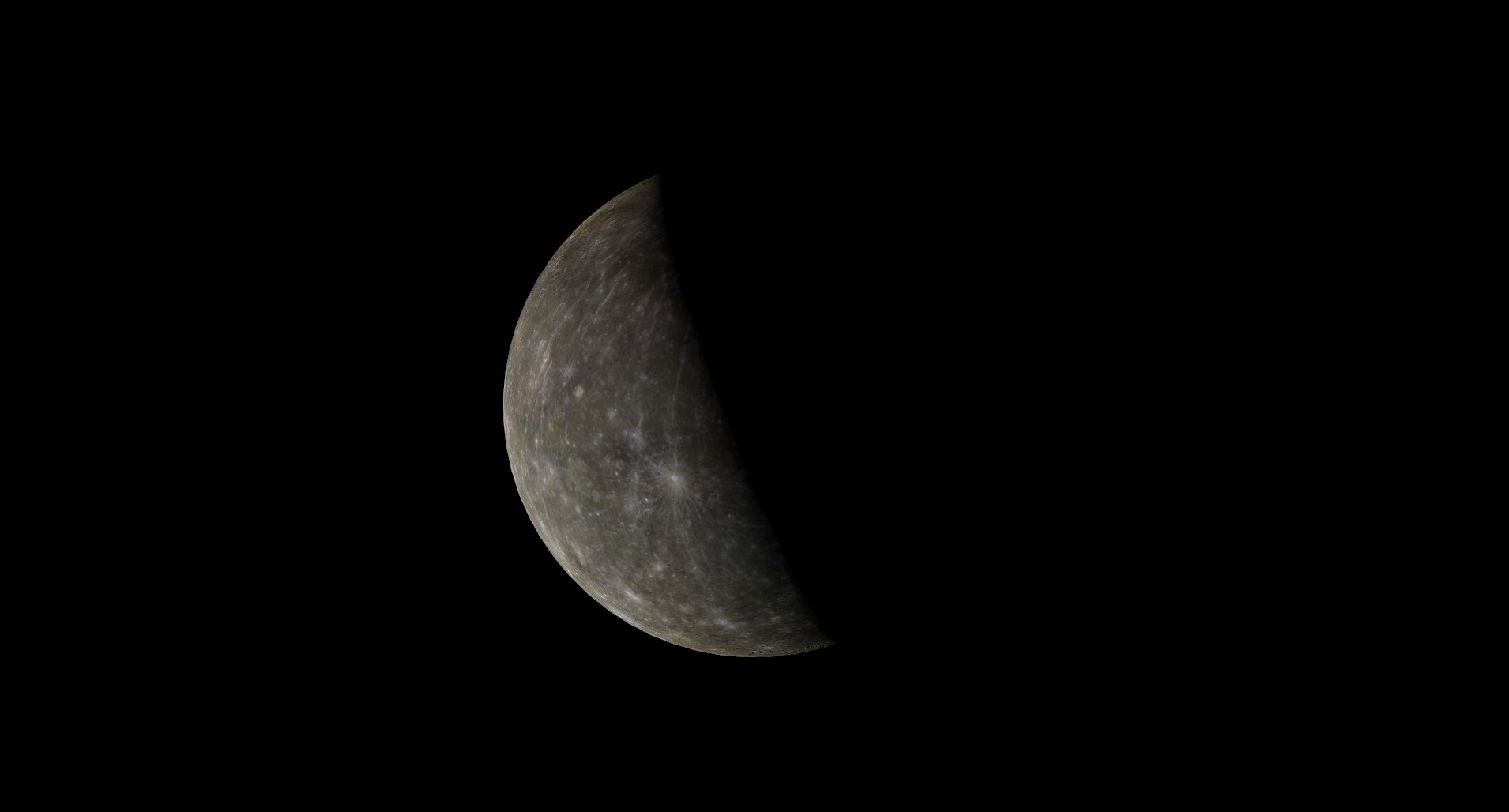
Despite reaching a huge greatest elongation of 27 degrees west of the sun — farther than on any other date this year — Mercury still stays low and is very poorly placed for most observers in the United States and Canada; it rises less than an hour before sunup as seen from latitude 40 degrees north. Try looking for it just above the horizon due east about 30 minutes before sunrise. Binoculars will help. Only those in the southern U.S. might glimpse this planet without optical aid.
While this is a poor morning apparition for viewers in the Northern Hemisphere, it's an excellent one in the Southern Hemisphere: Mercury rises nearly two hours before sunrise and appears to literally soar high into the eastern sky in the dawn twilight.
Venus
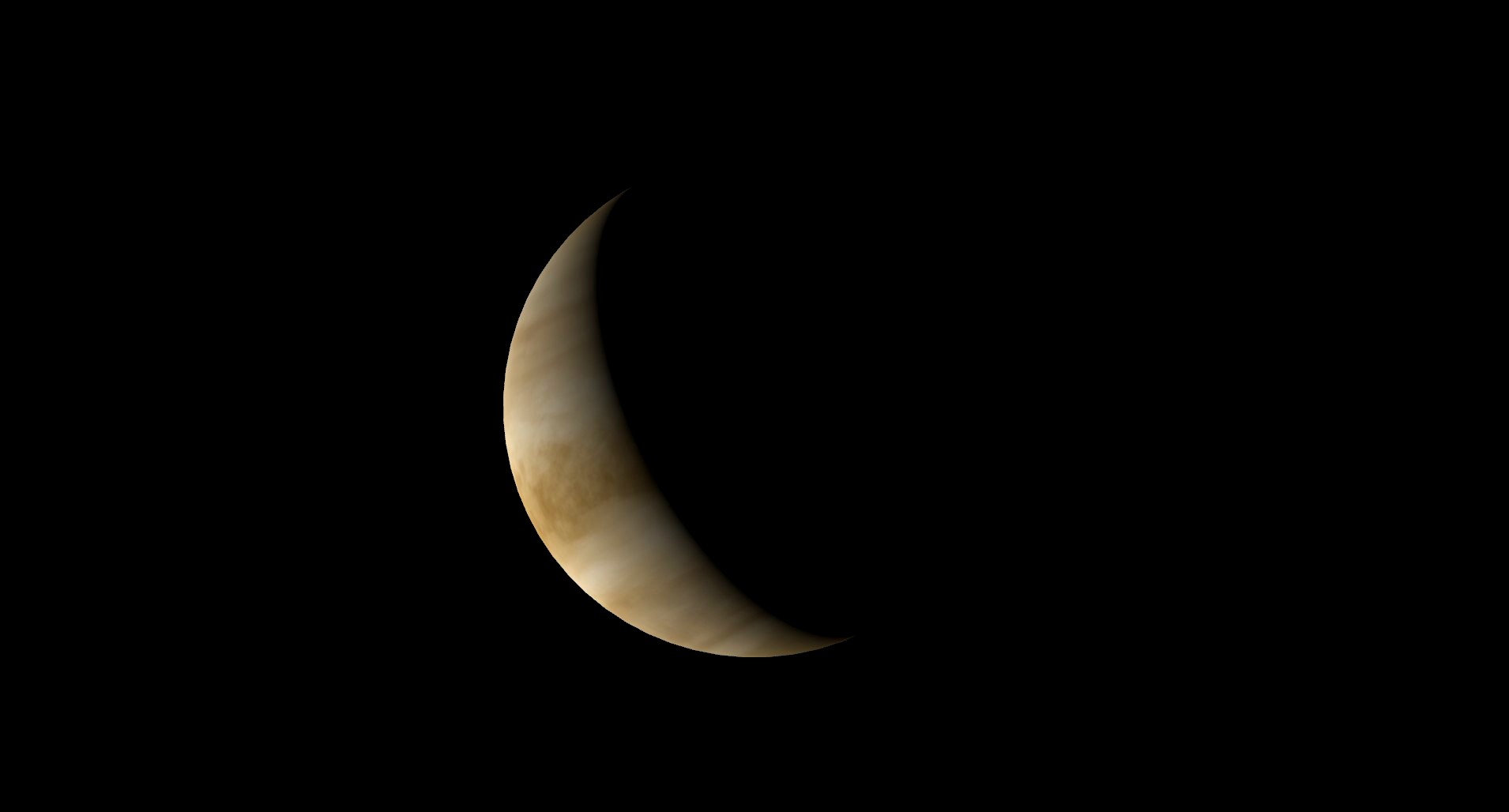
Venus shines very low in the dawn. This orb's steep plunge out of the evening sky and sudden vault into the dawn heavens were spectacular in March and now it begins April rising just over an hour before the Sun. But by month's end the interval is closer to 1.75 hours. During these upcoming weeks the always-brilliant planet kindles even more, reaching a peak brightness of -4.7 by the end of the month. By mid-month its crescent will thicken from an ultra-thin sliver of almost an arcminute long to 15 percent illuminated, though also appearing about 17 percent smaller. And by month's end those figures will have changed to 29 percent and just over one-third smaller.
Although Venus remains low at dawn all month at mid-northern latitudes, observers in the Southern Hemisphere see Venus soar dramatically higher during April; viewers in Buenos Aires, Cape Town and Melbourne see Venus's altitude at sunrise go from 1 degree to about 34 degrees! When Venus appears fully illuminated (or nearly so), it's positioned on the far side of the sun as seen from Earth and through telescopes its disk appears quite small.
Conversely, when Venus is near its closest point to the Earth, its disk appears six times larger, but it appears as only a hairline filament of light. April 27 marks the compromise: Venus is at its "greatest illuminated extent." Its disk appears relatively large in apparent diameter and is just over one-quarter illuminated. Also, Venus is now at the pinnacle of brightness for this current morning apparition, outshining Jupiter twelve-fold and appearing nearly 20 times brighter than Sirius, the brightest of all stars.
Mars
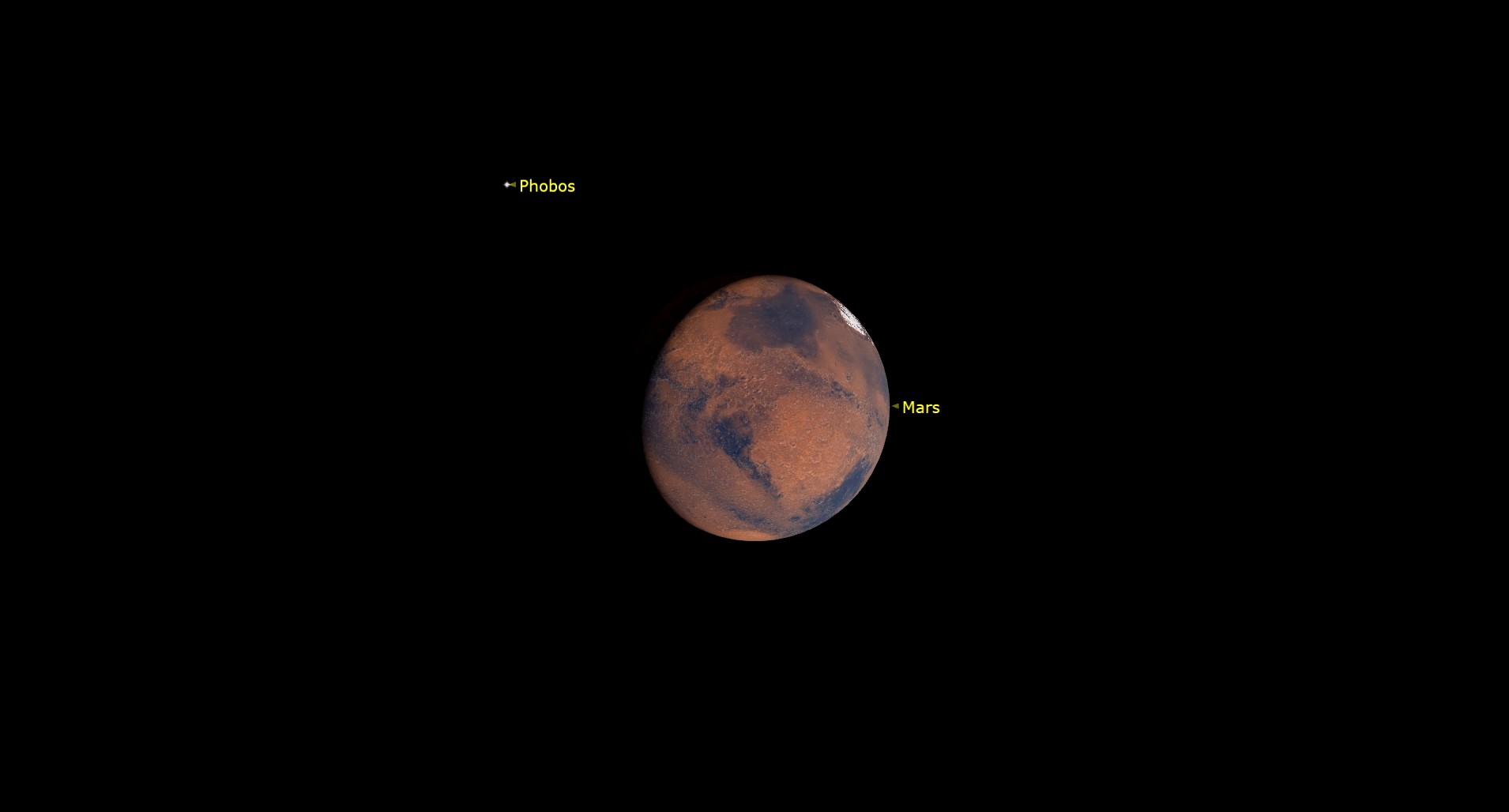
Mars continues to recede from Earth, so consequently the planet continues to gradually fade. Beginning April at magnitude +0.4, by month's end this orange-yellow world will have diminished to magnitude +0.9. On April 5 at nightfall, high in the southwest you'll see a waxing gibbous moon and hovering 3 degrees to its lower right will be Mars.
On the evening of April 10, take note that Mars will form an almost perfect straight line with the "Twin Stars" of Gemini, Pollux and Castor. Going from left to right, their respective brightnesses are magnitudes +0.6 (Mars), +1.2 (Pollux) and +1.6 (Castor). This trio will set beyond the west-northwest horizon after 3 a.m. local daylight time.
Jupiter
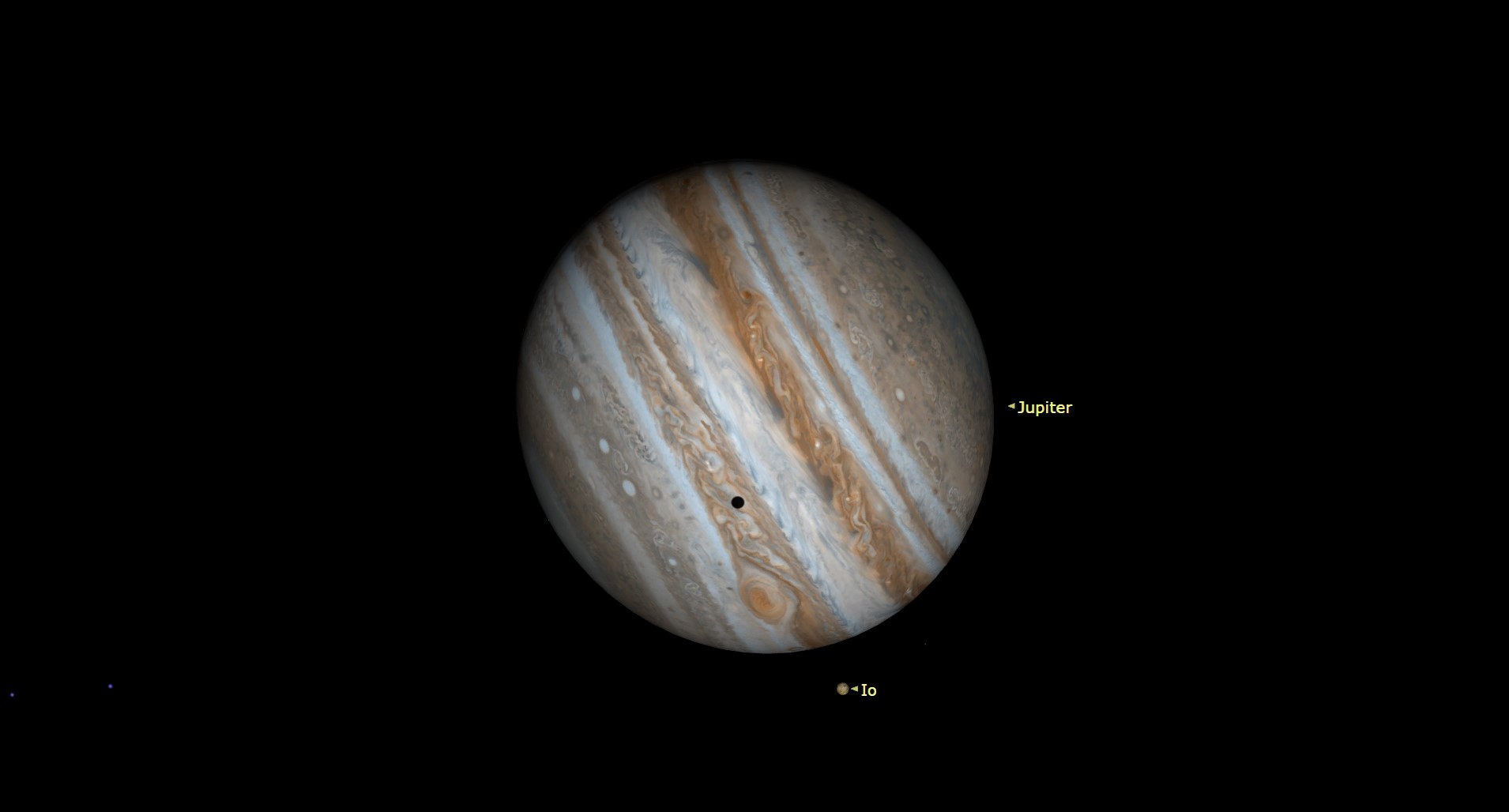
Jupiter is the first planet to come out, perhaps 15 to 20 minutes after sundown. It is followed soon by Sirius in the south-southwest at a somewhat lower altitude above the horizon. How soon after spotting Jupiter will you see Sirius? Jupiter is magnitude -2.1 this month. Sirius is magnitude -1.5. This giant planet is creeping eastward in relation to background stars.
At dusk from mid-northern latitudes during April you'll see Jupiter shift progressively up and away from Aldebaran and the Pleiades. It soon will be too low for crisp telescopic views. The end of astronomical twilight comes about 90 minutes after sundown and by month's end Jupiter will set about 90 minutes after that. On April 2, facing almost due west at dusk you'll see a slender crescent moon sitting about 5 degrees to the right of Jupiter.
Saturn
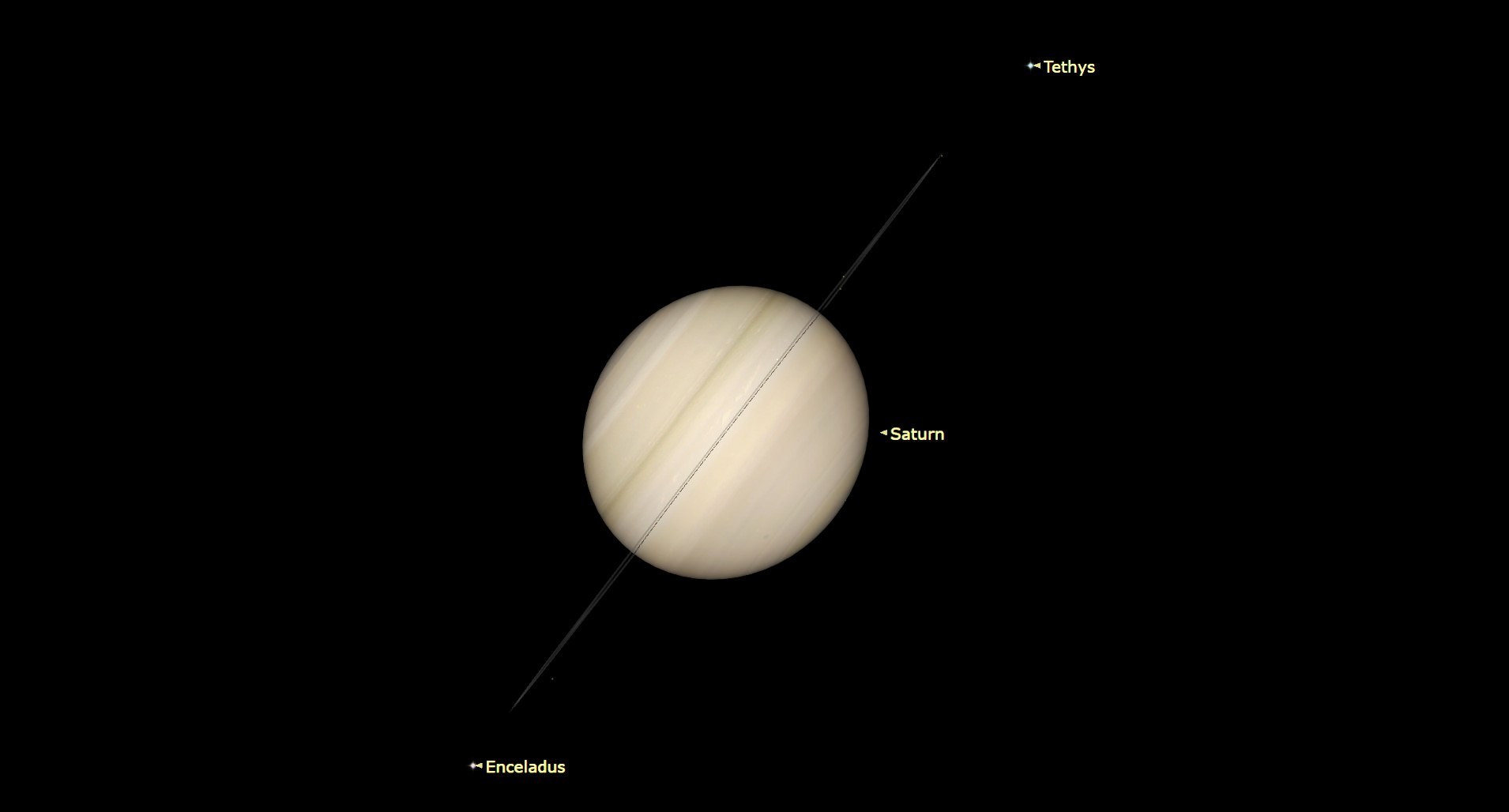
Saturn is now a morning object, emerging from the glare of the rising sun. However, it is slow process and will take the better part of this month before the ringed planet is in a favorable position for viewing. On April 25, if you're up about an hour before sunrise and have an unobstructed eastern horizon, you might have an opportunity to catch a view of a narrow waning crescent moon, just 9% illuminated, forming a wide triangle with the planets Venus and Saturn. Dazzling Venus should be no problem to sight through the bright glow of dawn, but the slender lunar sliver, positioned 5 degrees to the lower left of Venus will be trickier. Binoculars will certainly help in making a sighting.
Most difficult of all to see will be Saturn, situated 5 degrees to the right of the moon. On March 23, Earth passed through the ring plane of Saturn going from north to south and now through May 6th, we are presented with the face of the rings that's tipped away from the sun. Therefore, they appear dim and ghostly. More prominent will be the ring's shadow, appearing a thin black line on Saturn's seemingly ringless globe. Saturn's magnitude dips to magnitude +1.2, almost the dimmest this planet ever gets.
The reason, as you might expect, is that its edge-on rings will be contributing no light. A few days later, on April 28, Venus is in conjunction with Saturn. They appear 3.7 degrees apart, with feeble Saturn appearing to Venus' lower right and only 1/229 as bright compared to its dazzling neighbor.
Joe Rao serves as an instructor and guest lecturer at New York's Hayden Planetarium. He writes about astronomy for Natural History magazine, Sky and Telescope and other publications.
Editor's Note: If you get a great photo of any of the planets and would like to share it with Space.com's readers, send your photo(s), comments, and your name and location to spacephotos@space.com.







